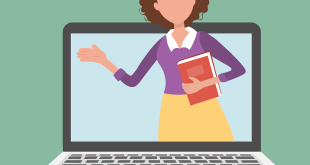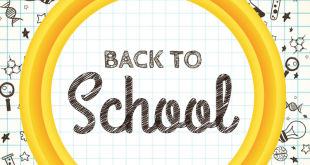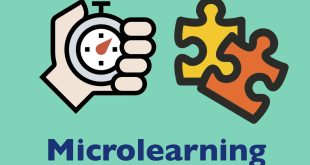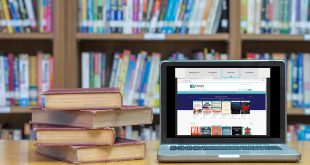Flipped classroom – will class lectures and homework switch places?
For decades we’ve been accustomed to the same old classroom system in which a teacher presents the information and instructions in class and assigns tasks to be completed at home. We’d then bring the assignments to the teacher the next day and receive new information and instructions to complete at home once more.
There is a small, but growing, trend that some argue will become the future of education. Instead of receiving new bits of knowledge in the classroom and complete tasks and assignments at home, a new system is flipping the traditional classroom on its head.
Are flipped classrooms – also called flipped learning – really possible? Are they any better than traditional classroom systems? And how are they implemented?
Table of Contents
The Traditional Classroom
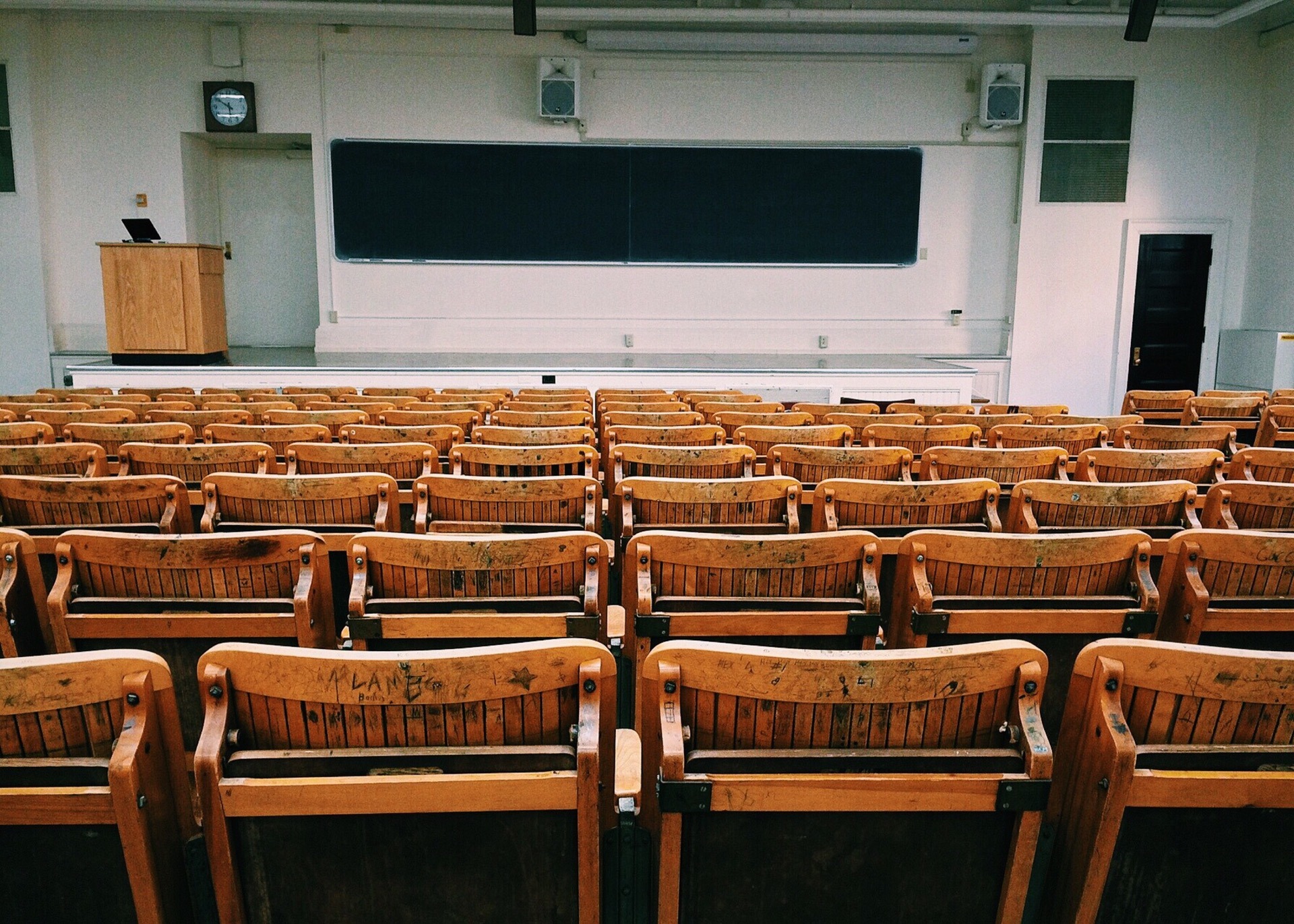 In the traditional classroom settings, students would enter the class with limited – if any – information on the material the teacher is to teach that day. (Unless, of course, a student read ahead in the textbook or another form of material.) During class, students would take in the lesson and ask what questions they could within the limited time provided. The teacher would then instruct them to solve some questions or complete some tasks at home and bring them the next day, only to provide them with feedback a day or later.
In the traditional classroom settings, students would enter the class with limited – if any – information on the material the teacher is to teach that day. (Unless, of course, a student read ahead in the textbook or another form of material.) During class, students would take in the lesson and ask what questions they could within the limited time provided. The teacher would then instruct them to solve some questions or complete some tasks at home and bring them the next day, only to provide them with feedback a day or later.
Take into account the possible classroom interruptions and the varying ability of each student to follow along.
Before the class, teachers prepare the lesson based on what portions of the material are more important and should be stressed on. They then proceed to present the material and educate the students by focusing on those areas they – the teachers – feel are most important. In some, if not many, cases, students easily understand those portions and struggle with other relevant portions of the lesson. Questions are asked – within the limited time available – and teachers prepare to go over the parts that still seemed unclear the next time.
Teachers also grade and correct the homework and any classwork after class and try to provide students with important and helpful feedback as soon as possible.
Flipped Classroom
How it Began
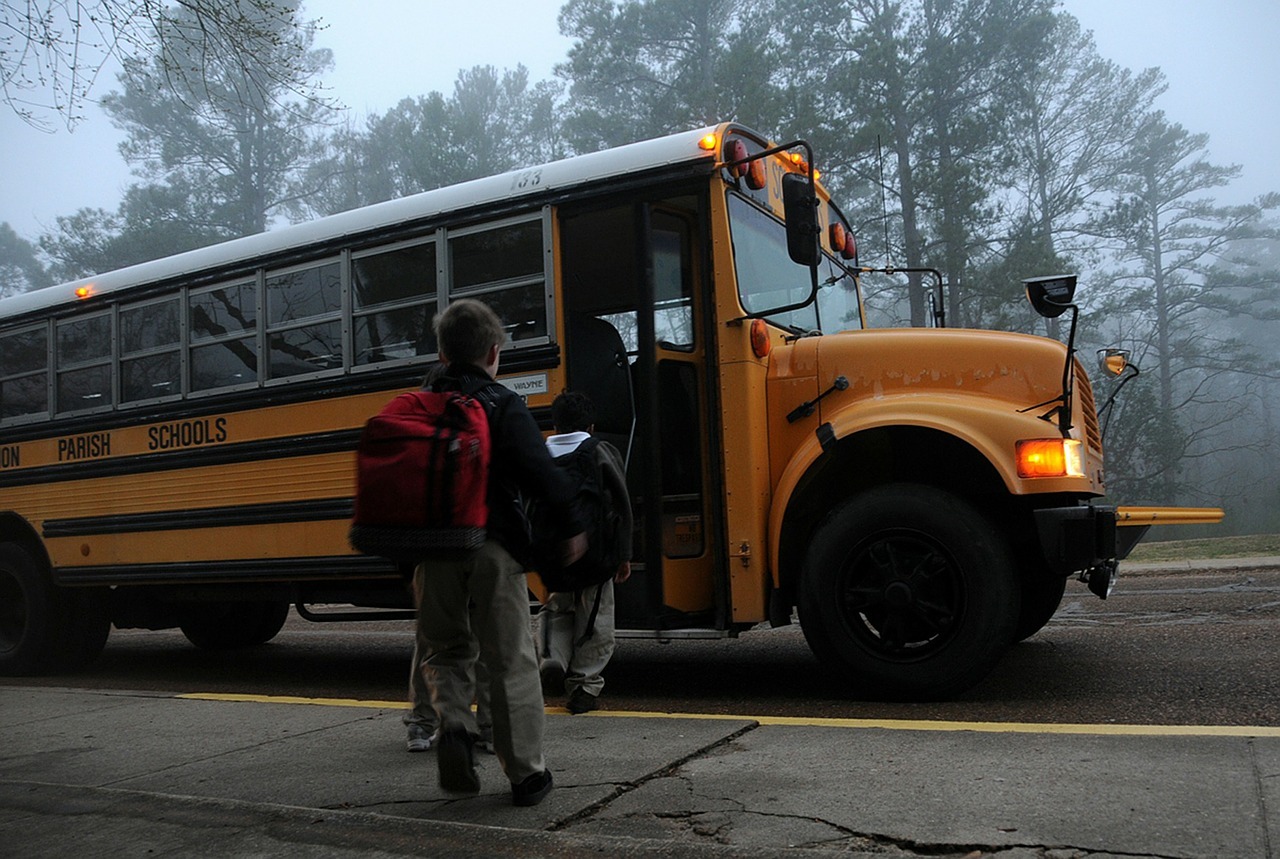 In 2004, two science teachers at Woodland Park High School were facing a problem. With some students participating in sports and other activities, and with some schools in their district requiring more time for transportation, the teachers, Jonathan Bergman and Aaron Sams, had to find a way to deliver the material to the students in an effective and efficient way.
In 2004, two science teachers at Woodland Park High School were facing a problem. With some students participating in sports and other activities, and with some schools in their district requiring more time for transportation, the teachers, Jonathan Bergman and Aaron Sams, had to find a way to deliver the material to the students in an effective and efficient way.
Bergman and Sams stumbled on a software that allowed users to record PowerPoint presentations with audio. The two teachers began recording presentations and sharing them with the students. Students would watch these PowerPoint presentations before class, then discuss them and conduct the experiments and assignments in class. And thus the idea of flipped classroom blossomed.
What it is Today
Flipped learning and flipped classroom have developed quickly since Bergman and Sams shared videos of PowerPoint presentations to their students in 2004. Teachers can now share videos of themselves explaining the lessons, add notes and diagrams while presenting the material, and attach documents and files along with the video.
The concept itself involves students getting a grasp of the material before class by watching the presentation and preparing any questions they may have. The class is where they ask those questions, get a more complete understanding, and put the new knowledge and skills into practice.
The age-old problems of interruptions and time lost are handled with hands-on activities, practice, and classwork. Complete understanding is ensured via those activities and tasks, and the teacher can correct any mistakes and provide feedback immediately.
This does, however, require students to actually watch the presentations or lectures outside of school. There are a few issues that arise:
- It requires students to have internet access outside of school.
- It relies on students to actually take the time outside of school to watch the videos
- Teachers will have to know how to record a lecture or presentation and upload it to the platform they wish to use
If the students are reliable and have the required devices and access, and if the teachers are willing and able to create videos of their presentations and lectures, then it’s only a matter of whether or not the teacher or school is willing to make the change.
LMS, Virtual Classrooms, and Flipped Classrooms
Two major tools that have helped advance the growth and implementation of flipped learning are learning management systems (LMS) and virtual classrooms.
LMS provide schools with a platform on which teachers can upload and share files and content with their students. Students can access notes, slides, and videos from an LMS equipped with cloud storage. Assessment and assignments can also be completed on the system.
Virtual classrooms allow teachers to present the material live to students who are connected from virtually anywhere. Teachers can inform their students of the time of the after-school virtual classroom session in advance to ensure they follow.
Skolera and Flipped Classrooms
Skolera is more than just an LMS that simplifies and streamlines many teaching tasks and functions. With cloud storage and virtual classroom, Skolera allows teachers and students to take learning and the classroom wherever they wish. Join the future of learning today and discover Skolera.
To learn more, click here.
 Skolera LMS Blog Educational Technology Articles and News
Skolera LMS Blog Educational Technology Articles and News

